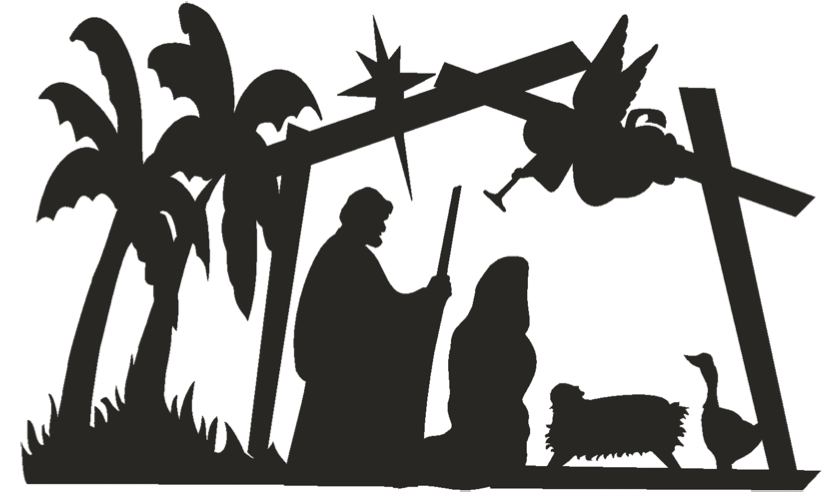The celebration of the Sacrament has four parts. If outside Mass they follow one after another, if in Mass they are integrated into the liturgy.
1. RECEPTION OF THE CHILD
The priest or deacon goes to the entrance of the church and questions the parents and godparents regarding the child’s name and their responsibilities. Finally celebrant, parents and godparents sign the child on the forehead.
2. CELEBRATION OF GOD’S WORD
Passages from Scripture are read, and the celebrant gives a short homily. Then the prayer of the faithful is said, after which the celebrant invokes the saints. Then there follow the Prayer of Exorcism and Anointing before Baptism. “Set him (her) free from original sin, make him (her) a temple of your glory, and send your Holy Spirit to dwell with him (her).. We anoint you with the oil of salvation in the name of Christ our Saviour; may he strengthen you with his power…”
3. CELEBRATION OF THE SACRAMENT
At the font, the celebrant now blesses the water to be used, leading to the Renunciation of Sin and Profession of Faith. The celebrant then asks “Is it your will that N. should be baptised in the faith of the Church, which we have all professed with you?” He then baptises the child, saying: “N., I baptise you in the name of the Father, and of the Son, and of the Holy Spirit”, as he immerses the child or pours the water over their head. The celebrant anoints the baby on the head with Chrism saying “As Christ was anointed Priest, Prophet, and King, so may you live always as a member of his body, sharing everlasting life.” The baby is now clothed with a white garment. “You have become a new creation, and have clothed yourself in Christ. See in this white garment the outward sign of your Christian dignity.” Someone then lights the child’s candle from the Easter candle, as the celebrant says: “This light is entrusted to you to be kept burning brightly.” The rite of Ephphatha may follow where the celebrant prays ‘May he soon touch your ears to receive his word, and your mouth to proclaim his faith…”
4. CONCLUSION OF THE RITE
Lastly all move to the altar, where the celebrant leads all in the Lord’s Prayer, followed by a blessing for mother, for father and for all present.
